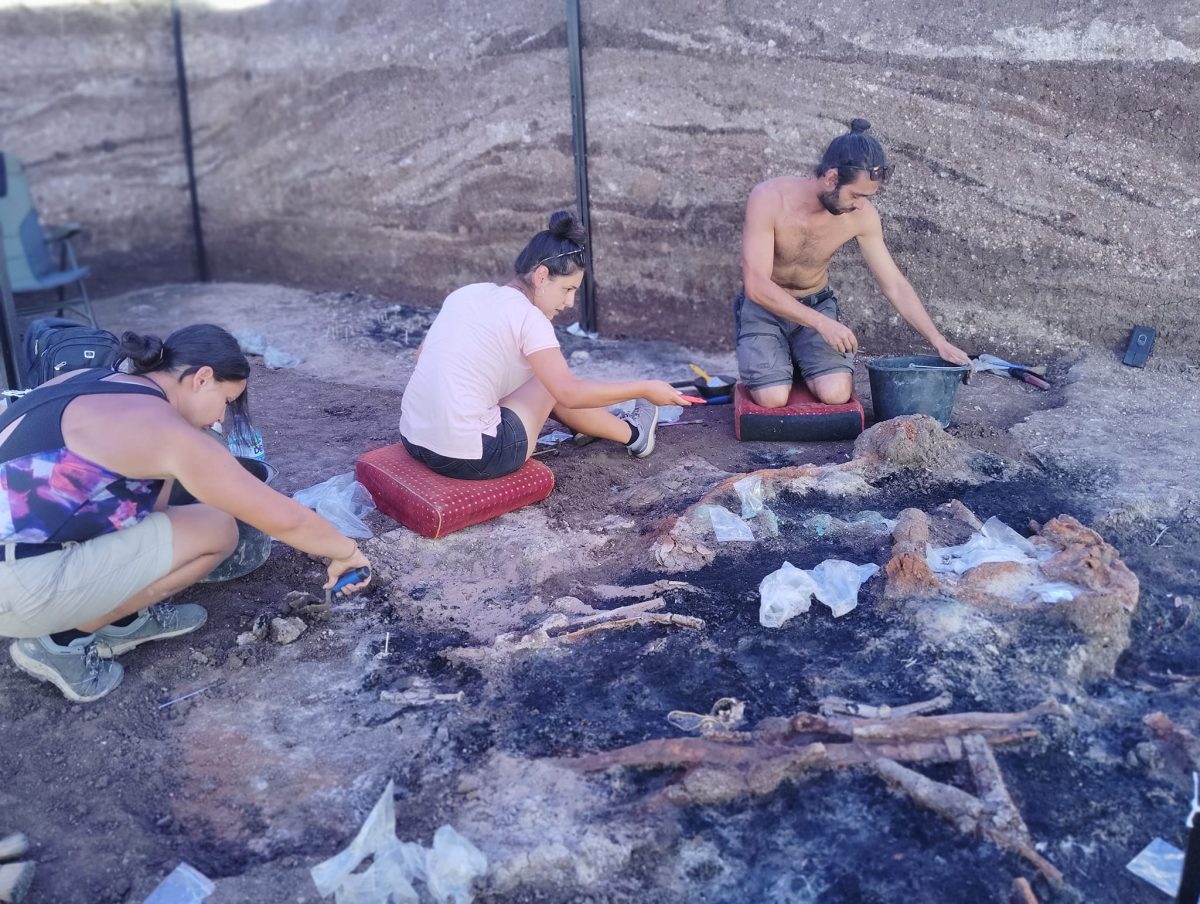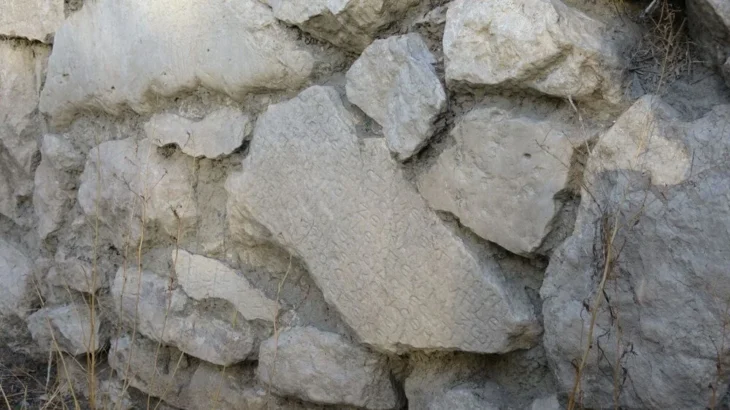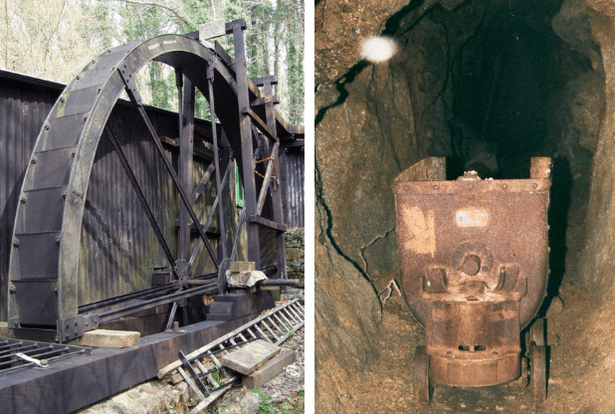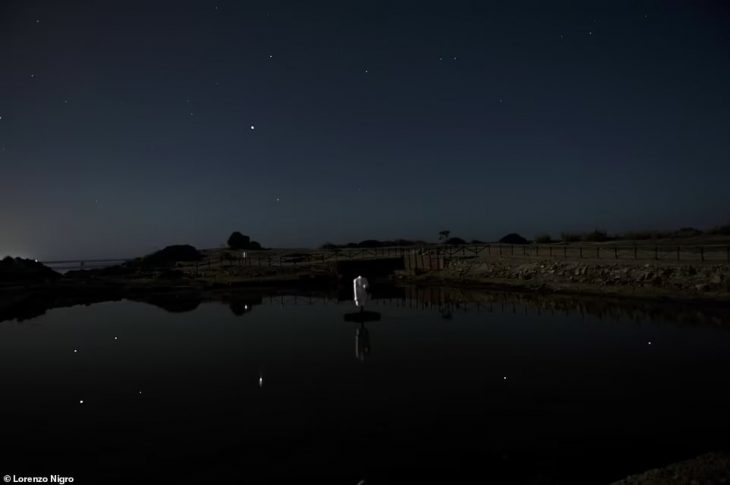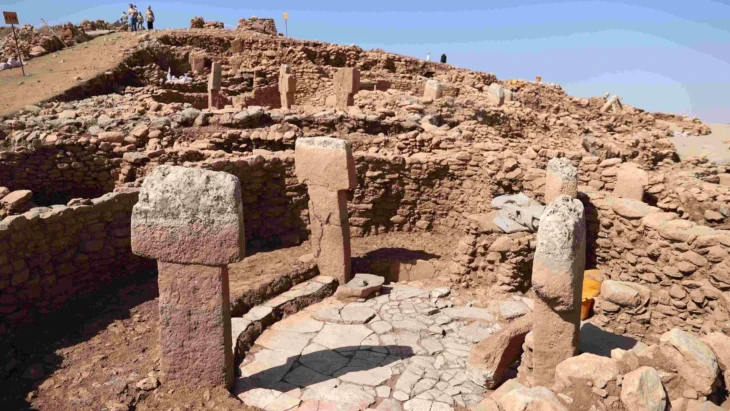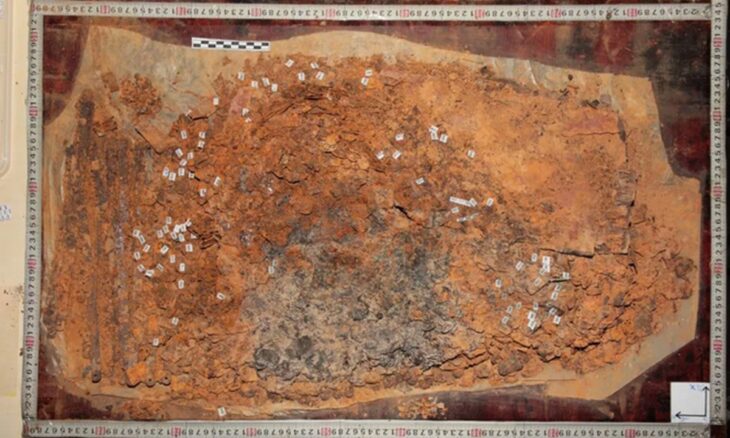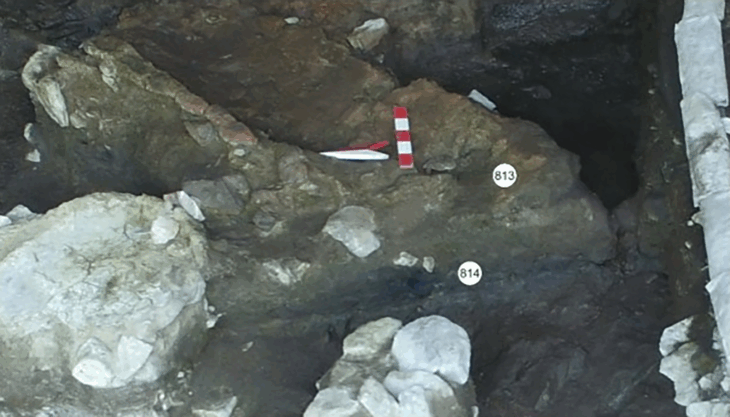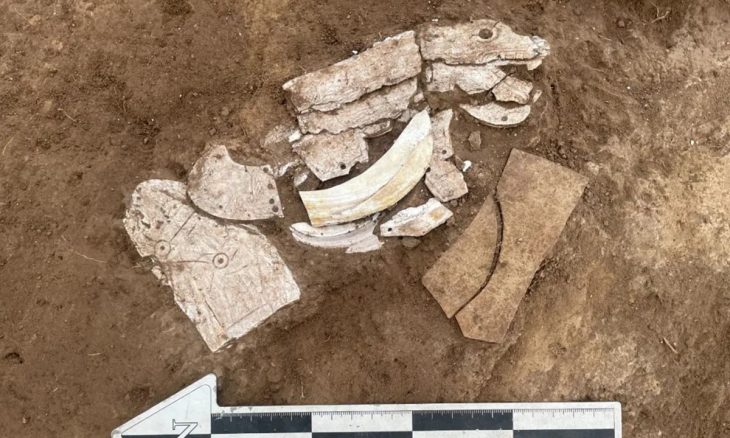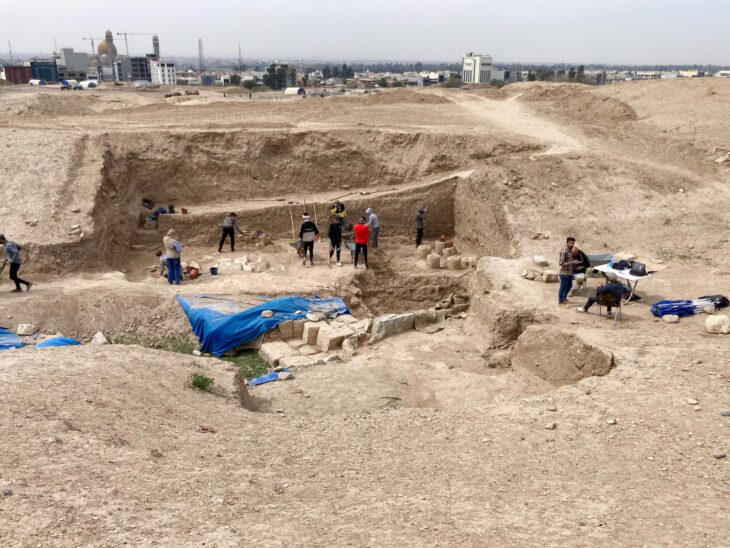The Topolovgrad Municipality posted on its Facebook page on Wednesday that during excavations at the site of a Thracian warrior’s tomb in the Topolovgrad village of Kapitan Petko Voyvoda, valuable and unique archaeological artifacts, including gold jewelry, were found.
Among them are as well as numerous weapons, a breastplate, a gold necklace, a gold diadem, a gold ring, a knife decorated with gold elements, and semi-precious stones. A horse was also found buried next to the human body, indicating that the warrior must have been a horseman from a rich family.
The archaeologists, led by Daniela Agre, say some of the finds are unparalleled among those ever discovered in Bulgaria. The findings are valuable not only for Bulgaria, but also for Europe.
On the second day of excavations, the team found the tomb of a Thracian warrior from the Roman troops from the early 1st century AD and unique artifacts.

‘The tomb contains all the battle equipment of this warrior. There is a very interesting braided breastplate, which was very rare in Roman times. An unusual hunting knife with a handle decorated with precious stones, with motifs that we have not come across in Thrace since that period, has a gold necklace that is unique in our country at this stage,” said Daniela Agre.
📣 Our WhatsApp channel is now LIVE! Stay up-to-date with the latest news and updates, just click here to follow us on WhatsApp and never miss a thing!!
The handle of the hunting knife was decorated with precious stones and one of the gold bands depicted hunting dogs.
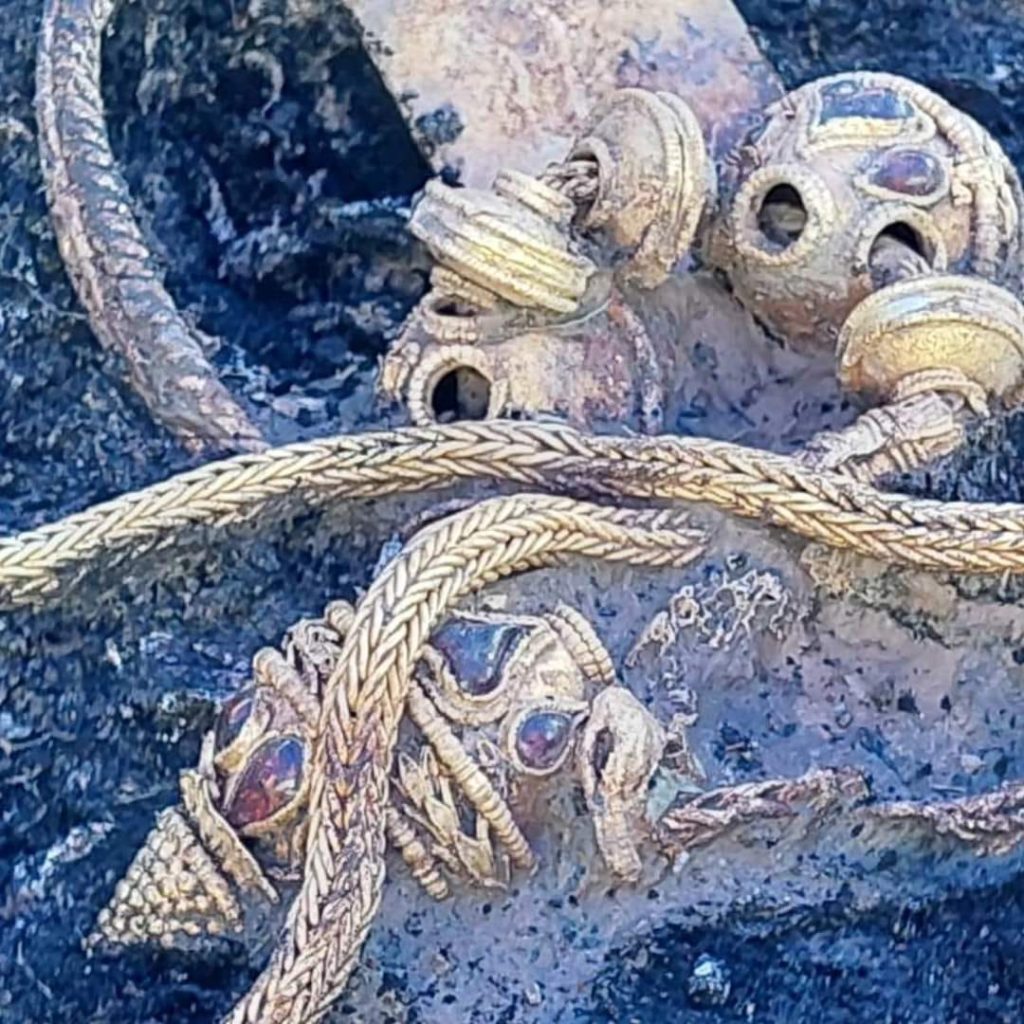
We will be able to see the gold ornaments in their full glory by the end of the week when they will be moved to the museum in Topolovgrad, where a special room is already being built to protect them and meet all the requirements. Until then, however, the site will be guarded around the clock by the police.
Thracian warriors were the most famous light infantry soldiers in the classical world. They were known as Thracian peltasts because of the peltast shields they carried. The pelta was crescent-shaped, made of wicker covered with goat or sheepskin, and carried by a central handgrip.
The Thracian peltasts had a much bigger panoply, including knives (to defend themselves because these light troops were very vulnerable in close fight) as well as swords or spears of various kinds, thus opening to them a great diversity of formations of fight.
From the Fourth Century BC onwards, peltasts became an integral part of Greek armies, and Thracians formed part of the army that Alexander took into Asia, where, at the Battle of the Jhelum in 326 BC.
Cover ımage: Topolovgrad Municipality /Facebook

